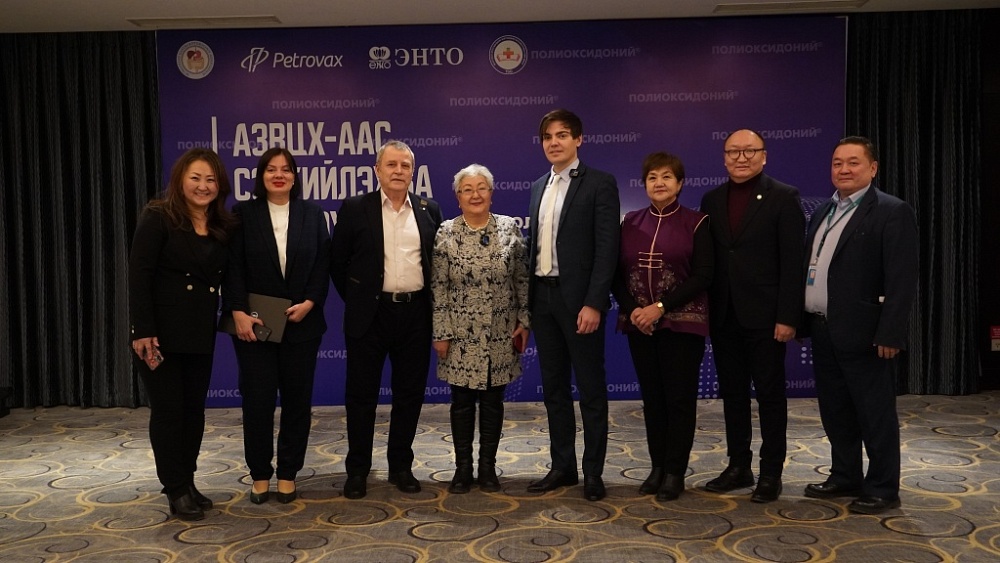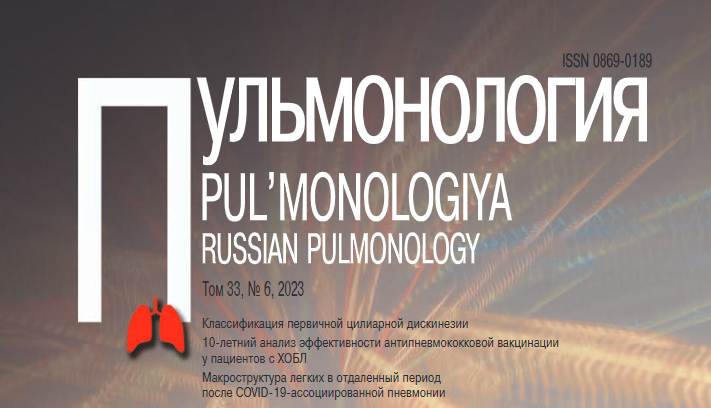
Russian experts attend ARVI prevention conference in Mongolia

The Influenza and ARI Treatment and Prevention conference has been concluded in Ulaanbaatar, the capital of Mongolia, featuring preventive vaccination, immunotherapy and pediatrics experts. Specialists trained in more than a thousand various medical fields participated in the event.
Acute respiratory viral infections (ARVIs) are the most common infectious diseases in the world[1]. Healthcare professionals note that an adult suffers from ARVIs from 2 to 4 times a year, while children, from 6 to 8 times. Viruses affect us more frequently during the cold season. It is caused by a number of reasons: changes in air humidity, which promotes the activity of viruses; people more often gather in groups, rooms are less often ventilated in cold weather, and all these factors contribute to the development of infection.
The primary defense of the human body against viruses is the immune system.
He drew attention to the original Russian drug Polyoxidonium®, which promotes activation of nonspecific mucosal defense factors, restoration of antibody response and reduction of local inflammation.
Mikhail Kostinov presented the results of a meta-analysis of Polyoxidonium use in the prevention of ARI and COVID infection in adults based on data from 3 clinical trials including 1141 patients aged 18 to 69 years. The meta-analysis revealed a significant preventive effect of Polyoxidonium in healthcare professionals working in the red zones: subjects who received the drug were 3 times less likely to be infected with ARI and COVID-19 than the control group[1].
The expert reported the efficacy of azoximer bromide in the treatment of hospitalized patients with moderate to severe community-acquired pneumonia in a trial including 67 patients conducted in 2021. The inclusion of azoximer bromide in the therapy allowed to reduce the risk of complications as well as to decrease the duration of treatment in ICU[1].
Maxim Matsiyak, Head of Pediatrics and General Therapy Department at Petrovax Pharm, talked about the history of the original Russian drug Polyoxidonium®, its mechanism of action and the key studies of its use.
Maxim Matsiyak provided data from an open-label randomized comparative study of the use of Polyoxidonium in the prevention of ARI and COVID-19 in 900 children aged 3 to 10 years. Its results showed that the drug reduced incidence compared to the control group and facilitated a milder course of the disease if it did occur. Polyoxidonium® also reduced the risk of bacterial complications of ARVI/influenza that required antibiotic treatment, an important feature for clinical use in children[4].
Polyoxidonium® is widely used today in the prevention and treatment of infectious and inflammatory diseases in Russia and abroad, including the EU. The drug is presented in the updated Temporary Guidelines on the prevention of COVID-19 of the Ministry of Health of Russia, the FMBA Guidelines , on the prevention and treatment of influenza and other ARVIs during the COVID-19 pandemic and the Flu in Adults clinical recommendations of the Russian Ministry of Health for the prevention and treatment of infection. Polyoxidonium® is included in the list of VEDs.
1 http://40.rospotrebnadzor.ru/center/koronv/149491/
2 Kh.G. Omarova, A.A. Ploskireva, I.A. Agarkova, A.V. Gorelov. Experience with the use of azoximer bromide for the prevention of acute respiratory infections and COVID-19 in adults from the group with a higher risk of contracting the infection (“red zone” healthcare workers): A meta-analysis of controlled clinical trials. Russian Medical Journal, 2022 https://www.rmj.ru/articles/infektsionnye_bolezni/opyt-primeneniya-azoksimera-bromida-dlya-profilaktiki-ostrykh-respiratornykh-zabolevaniy-i-covid-19-u-vzroslykh-iz-gruppy-povyshennogo-riska-infitsirovaniya-meditsinskikh-rabotnikov-krasnoy-zony-metaanaliz-kontroliruemykh-klinicheskikh-issledovaniy/
3 S.K. Zyryanov, O.I. Butranova, A.V. Ershov, Z.Sh. Manasova. Efficacy of azoximer bromide in the treatment of hospitalized patients with moderate to severe community-acquired pneumonia. Medical Council. 2021;(18):106—117. https://doi.org/10.21518/2079-701X-2021-18-106-117. https://www.med-sovet.pro/jour/article/view/6559/5944
4 V. P. Vavilova, A. M. Vavilova, S. A. Tsarkova. Leading-edge non-specific prevention of the new coronavirus infection and acute respiratory infections of other etiology. 2022
Russian pulmonologists have published 10 years of clinical experience in using Prevenar® 13 pneumococcal vaccine in patients with COPD


